Emerging market economic growth has helped to enhance living standards, but it has also resulted in significant consumer and industry waste. Currently, 45% of CO2 emissions come from the manufacture of things we use every day. Since the first industrial revolution, humankind has been following a linear approach regarding how we use natural resources. In the linear economy, raw natural resources are collected, turned into goods, and then discarded. Only 9% of the 92.8 billion tonnes of minerals, metals, biomass, and fossil fuels that enter the market each year are re-used. The remaining 91% is referred to as the "circular gap" by Circle Economy experts.
A circular economy model tries to bridge this gap between production and the natural ecosystems' cycles which people ultimately rely on. It is a production and consumption model that encourages people to share, lease, reuse, repair, refurbish, and recycle existing resources and products for as long as possible. In this way, the product's life cycle can be prolonged. In other words, this means eliminating waste to the absolute minimum. When a product reaches the end of its useful life, its materials are reused as much as possible. These may be put to good use again and again, resulting in increased value.
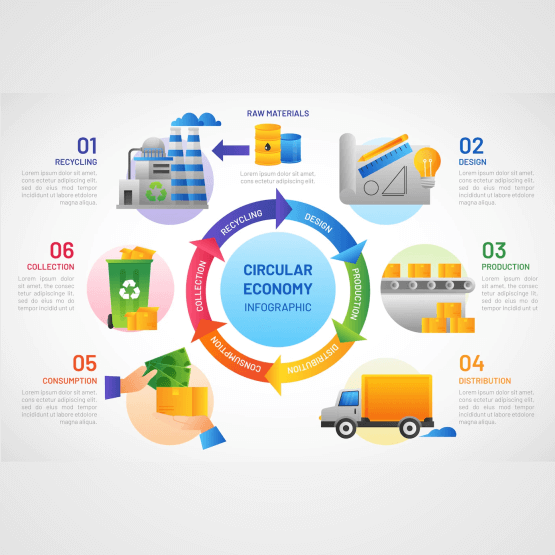
Benefits of a Circular Economy
Environmental Benefits Of The Circular Economy
-
Reduced Greenhouse Gas Emissions
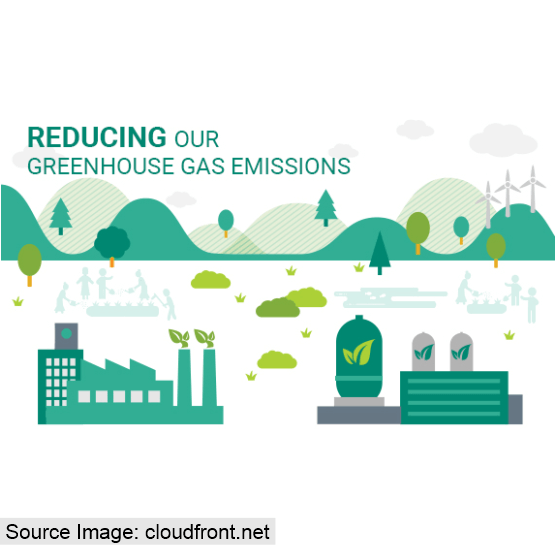
One of the goals of the circular economy is to have a beneficial impact on the planet's ecosystems while also combating the over-exploitation of natural resources. The circular economy has the potential to reduce greenhouse gas emissions and raw material consumption, improve agricultural production, and decrease the negative externalities that the linear model causes.
-
Healthy and Resilient Soils
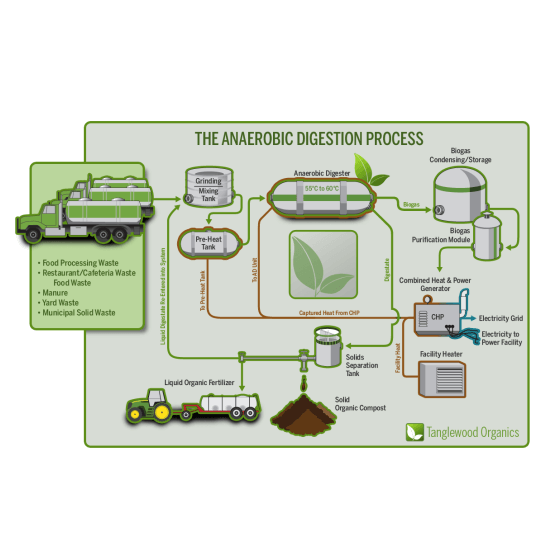
The principles of the circular economy in the farming system ensures that important nutrients are returned to the soil through anaerobic processes or composting, which softens the exploitation of land and natural ecosystems. As "waste" is returned to the soil, the soil becomes healthier and more robust allowing for greater balance in the ecosystems that surround it, in addition to having fewer leftovers to deal with. Soil degradation costs the global economy an estimated $40 billion per year and has hidden costs such as increased fertilizer consumption, loss of biodiversity, and distinctive landscapes. Therefore, a circular economy might be extremely beneficial to both soils and the economy.
-
Fewer Negative Externalities
Negative externalities such as land usage, soil, water, and air pollution, as well as hazardous chemical emissions and climate change, are better handled when the circular economy's principles are followed.
Economic Benefits Of The Circular Economy
-
Increased Potential For Economic Growth
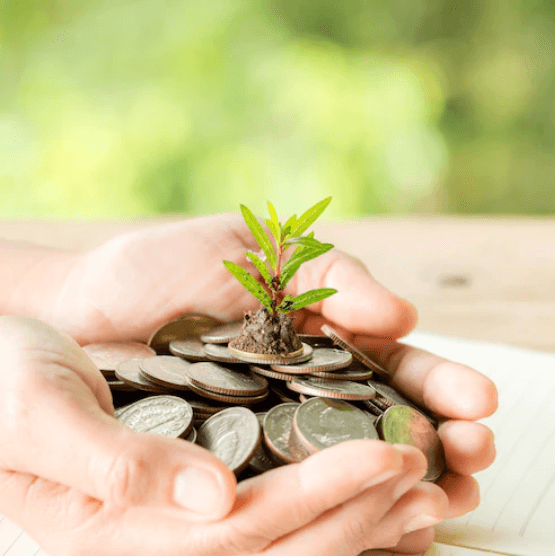
Separating economic growth from resource usage is important. According to a McKinsey analysis, the rise in revenue from new circular activities, along with lower manufacturing costs by making products and materials more useful and easily dismantled and reused, has the power to boost GDP and hence economic development.
-
More Resources Saved
When compared to the linear strategy's raw material extraction, the circular economy model has the potential to save more resources. Given that overall demand for resources is expected to rise as the world's population and middle classes develop, a circular economy reduces material consumption by avoiding landfills and recycling and focusing on making materials' cycles last longer. On the environmental front, it also avoids the increased pollution that would result from the extraction of new resources.
-
Employment Growth

According to the " World Economic Forum ," the creation of a circular economy model, in combination with new legislation including taxes and labor market structure, can result in more local employment in entry-level and semi-skilled occupations.
Research undertaken by the Ellen MacArthur Foundation and McKinsey showed that changes in the circular economy model would result in changes in job growth.
According to the analysis, this additional employment will be produced as a result of increases in:
- Recycling and repair procedures, where new designers and mechanical engineers could be hired to create long-lasting and easily dismantled goods and materials during the transformation and manufacturing stages;
- Increased number of new enterprises and niches as a result of new business models and innovation processes;
- Lower pricing results in increased consumption and expenditure.
Benefits Of The Circular Economy On Businesses
-
New Profit Opportunities
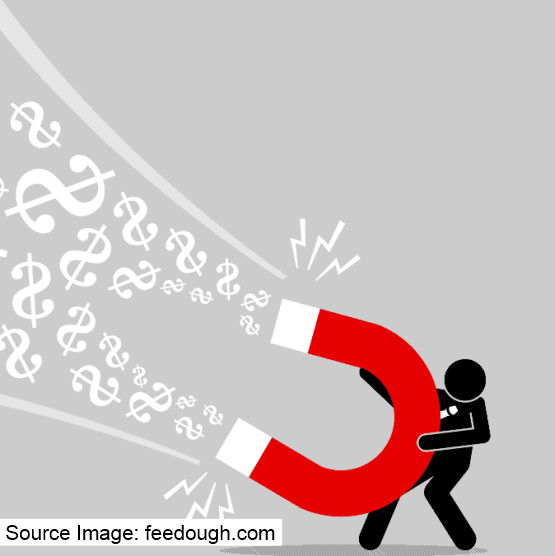
Businesses that adopt the circular economy model can save input costs and, in certain situations, develop new profit streams. Profit opportunities in this circular sphere may arise from entering new markets, reducing costs through waste and energy savings, and ensuring supply continuity.
-
Unpredictability Reduction And Safeguarded Supplies
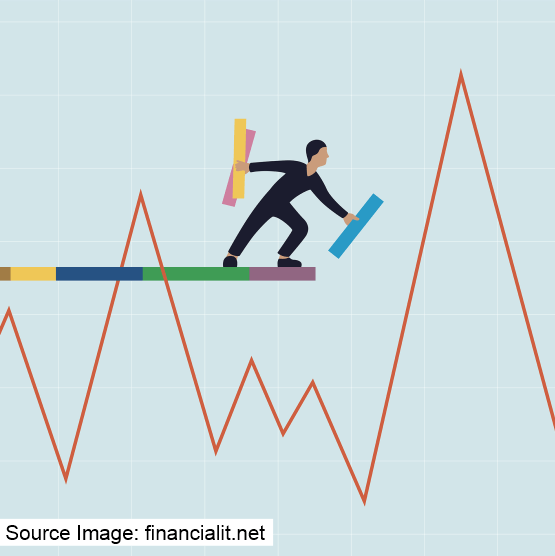
Reducing the number of raw materials utilized is a key component of moving toward a circular economy model. Instead, businesses would utilize more recycled or even reusable or easily transformed inputs with a bigger share of labor expenses, reducing their reliance on the price unpredictability of the raw material. This would also shield businesses from geopolitical crises and defend their supply lines, which are increasingly likely to be destroyed or damaged as a result of climate change events. This way, the circular economy model would make firms more robust, or more resistant to and prepared to deal with unexpected changes.
-
The Demand For New Services
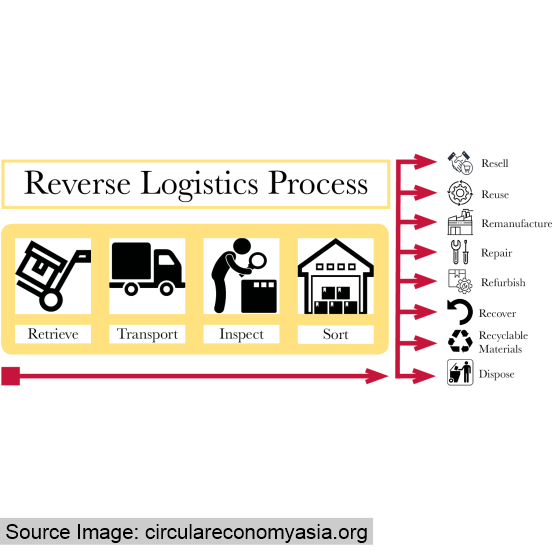
According to a report by Ellen McArthur's Foundation , a circular economy model has the potential to generate demand for new services and job opportunities such as:
- Collection and reverse logistics companies that promote the reintroduction of end-of-life items into the system;
- Product marketers and sales platforms that enable products to last longer or be used more efficiently;
- Specialized knowledge in parts and component remanufacturing and product refurbishing.
These new services can be identified by senior management decision-makers or by employees in a well-developed green at all levels and departments.
-
Getting To Know Clients Better
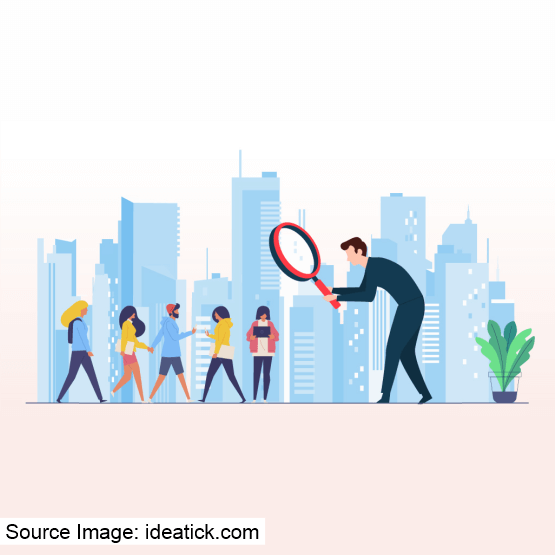
The circular economy concept appears to encourage business models in which clients rent or lease products during different periods of time, depending on the type of product. Businesses will be able to learn more about their customers' use habits and behaviors when they connect with them more frequently. Communication and understanding the clients' preferences and demands are more important than ever in a market where providers are responsible for the product supplied for a longer period. Eventually, this new relationship may boost consumer satisfaction and loyalty, as well as help to create better goods and services for clients.
Conclusion
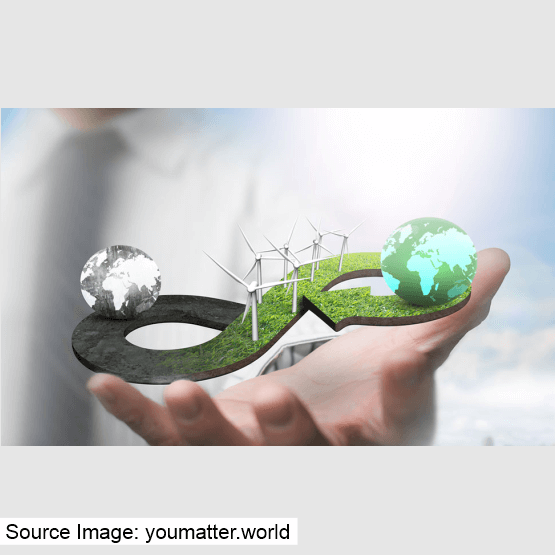
The global economy is on the verge of collapsing. Closing the circular gap would be a critical first step in combating climate change and following this approach would require a shift in how society uses natural resources. Moving towards a more circular economy could deliver benefits including reduced pressure on the environment, enhanced raw materials supply security, increased competitiveness, stimulating innovation, boosting economic growth, and job creation. Consumers will also be given more durable and innovative items, which will improve their quality of life while also saving them money in the long run.
